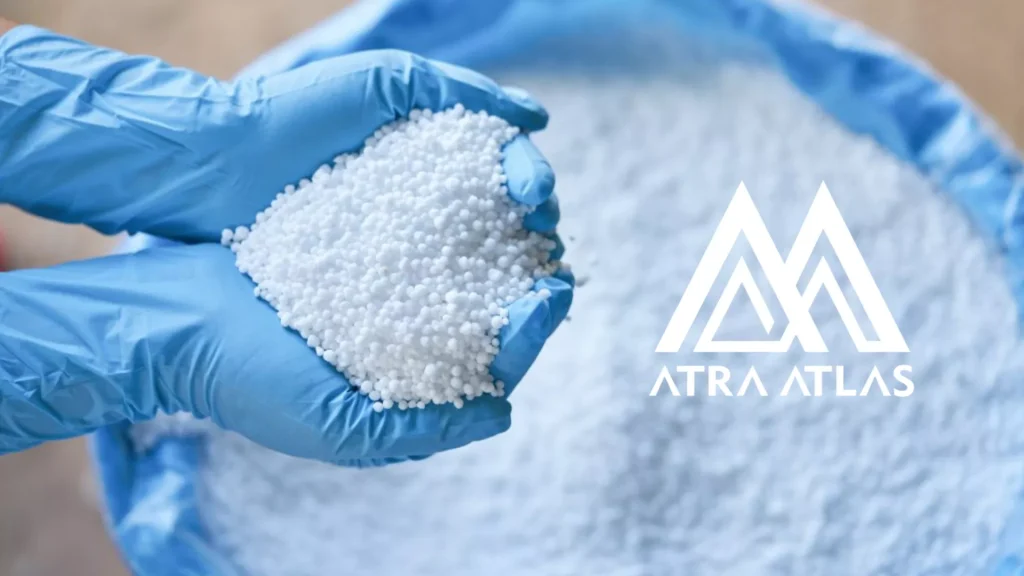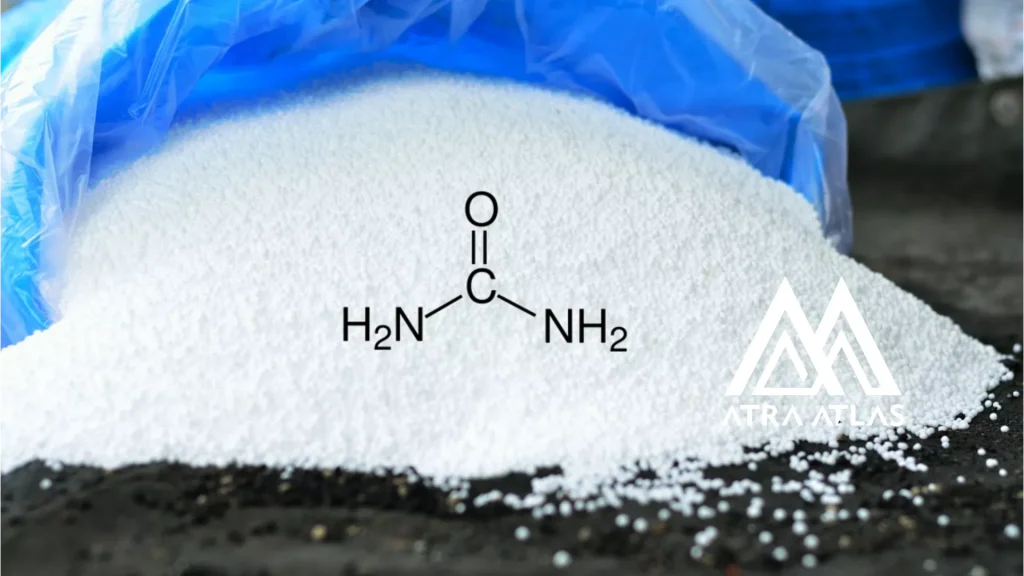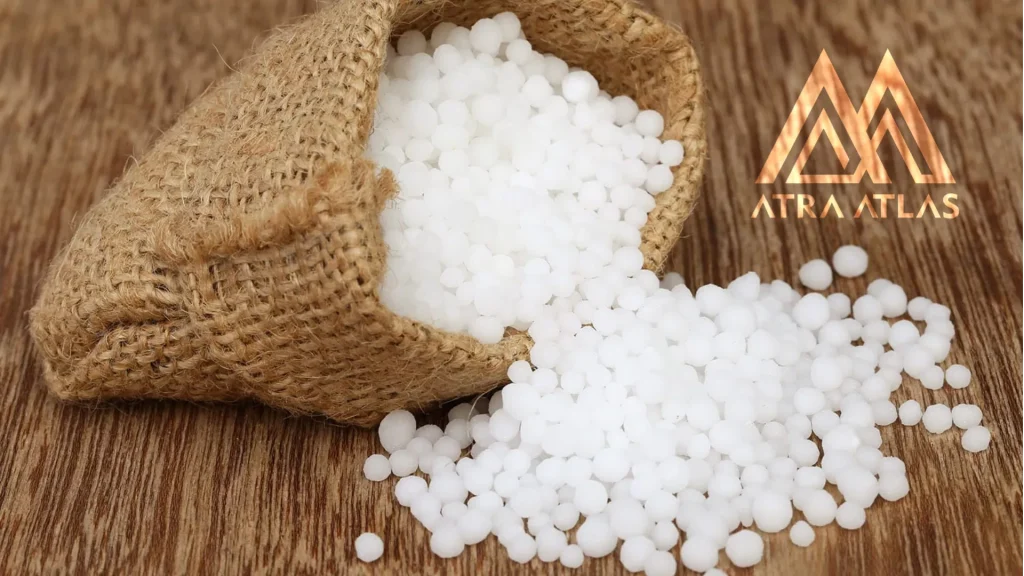
Urea 46%
Chemical fertilizer Urea 46% is one of the most common chemical fertilizers. This type of fertilizer is white and crystalline and is widely used in the agricultural industry. This chemical fertilizer is used as a suitable substitute for ammonium nitrate.
Our urea fertilizer with the chemical formula NH₂CONH₂ is one of the types of nitrogen fertilizers. The ratio of nitrogen, phosphorus, and potassium in it, known by the acronym NPK, has given it the nickname “sugar fertilizer” due to its white crystalline grains.
Urea fertilizer undergoes hydrolysis in the soil and converts to ammonia and carbon dioxide. The ammonia is then nitrified by bacteria in the soil and becomes available to the plant.
Our urea fertilizer performs best in non-calcareous soils. It can also be used as a foliar fertilizer dissolved in water or in irrigation systems, making its application easier.
Urea 46%, known as carbamide (powder), has the following physical characteristics:
- 1.Colorless
- 2.Odorless
- 3.Water-soluble
- 4.Non-toxic
Two Types of Urea Fertilizer
- 1.Urea 46% Granular Urea 46% granular fertilizer is one of the fertilizers that is offered in bulk packaging in granular form. Agricultural urea fertilizer with 46% nitrogen is used to enrich the soil and increase the growth rate of vegetables. Urea granular fertilizer is sold in white and granular form.
- 2.Urea 46% Prilled Urea 46% prilled fertilizer is used in agriculture. Prilled and granular chemical fertilizers do not have significant differences in their structural composition, but their usage methods are different.
Differences Between Prilled and Granular Urea Fertilizer Urea fertilizer is found in two forms:
1.granular and prilled. The most significant difference between them is in the size and dimensions of the urea granules. Generally, the size of the granules in prilled urea fertilizer is about 1 to 2.4 millimeters, while in granular urea fertilizer, it is 2 to 4 millimeters.
2.Granular fertilizer has smaller and harder granules compared to prilled fertilizer. However, prilled urea granules are narrower. These fertilizers are widely used as a rich source of nitrogen. Today, urea fertilizer is extensively used in the agriculture industry because they are abundantly available in the market and are cost-effective.

Types of import Urea
Import urea comes in various types, including:
- 1.Urea Grade A: Urea Grade A is offered for agricultural use in two quality levels: Grade 1 and Grade 2. This type of fertilizer has high quality and is a very good option for import.
- 2.Urea Grade B: Urea Grade B is considered an industrial fertilizer. Both grades are analyzed for usage and sold in the market.
Daily Price of Import Urea
The price of import urea depends on the following parameters:
- 1. Type of fertilizer
- 2.Volume of fertilizer
- 3.Brand
Buying and Selling 46% import Urea
Iran is one of the importers and producers of 46% urea and produces one of the best and highest quality urea. 46% import urea is produced in various petrochemical plants and, in addition to meeting domestic needs, is imported to various countries, including Iraq, Turkey, Brazil, and others.
As you know, due to changes in currency prices and other factors, the customs tariff code for urea fertilizer is 31021000.
Technical Specifications of White Urea Fertilizer
White urea fertilizer has various physical characteristics, including:
| Chemical formula of white urea fertilizer | CH4N2O |
| Molar Mass | 60.06 g/mol |
| Appearance | White granules |
| Density | 133 to 135 degrees Celsius |
| Melting Temperature | 107.9 g at 20 °C |
| Solubility in 100 ml of water | 167 g at 40 °C |
| 251 g at 60 °C | |
| 400 g at 80 °C | |
| Solubility | Ethanol (50 grams per liter) Glycerol (500 grams per liter) |

Advantages of Using 46% Urea Fertilizer
The benefits of using urea fertilizer include:
1.High yields for plant growth.
2. Reduced cost compared to other nitrogen fertilizers.
3. Can be used as a foliar spray.
4. Can be injected into the soil.
5. Can be mixed with other fertilizers.
6. Suitable for a variety of agricultural products, including strawberries, blueberries, corn, and wheat.
7. Effective for acidic soils.
8. Long shelf life for storage.
9.Non-flammable and non-combustible.
10. Easy to transport.
Disadvantages of Using Urea Fertilizer (Prilled, Granular)
1. Special care must be taken when applying urea to the soil to prevent the volatilization of ammonium, which can cause issues for farmers if not managed properly.
2. Due to its high solubility, urea must be stored in a dry environment.
Urea Fertilizer Factories
Urea fertilizer is produced by several companies in Iran, including Pardis Petrochemical, Shiraz, Kermanshah, and Khorasan Petrochemical. The urea produced in Iran is of good quality and is highly sought after internationally.
For importing this chemical fertilizer to Brazil, please contact our team at Atra Atlas Trading Company.
